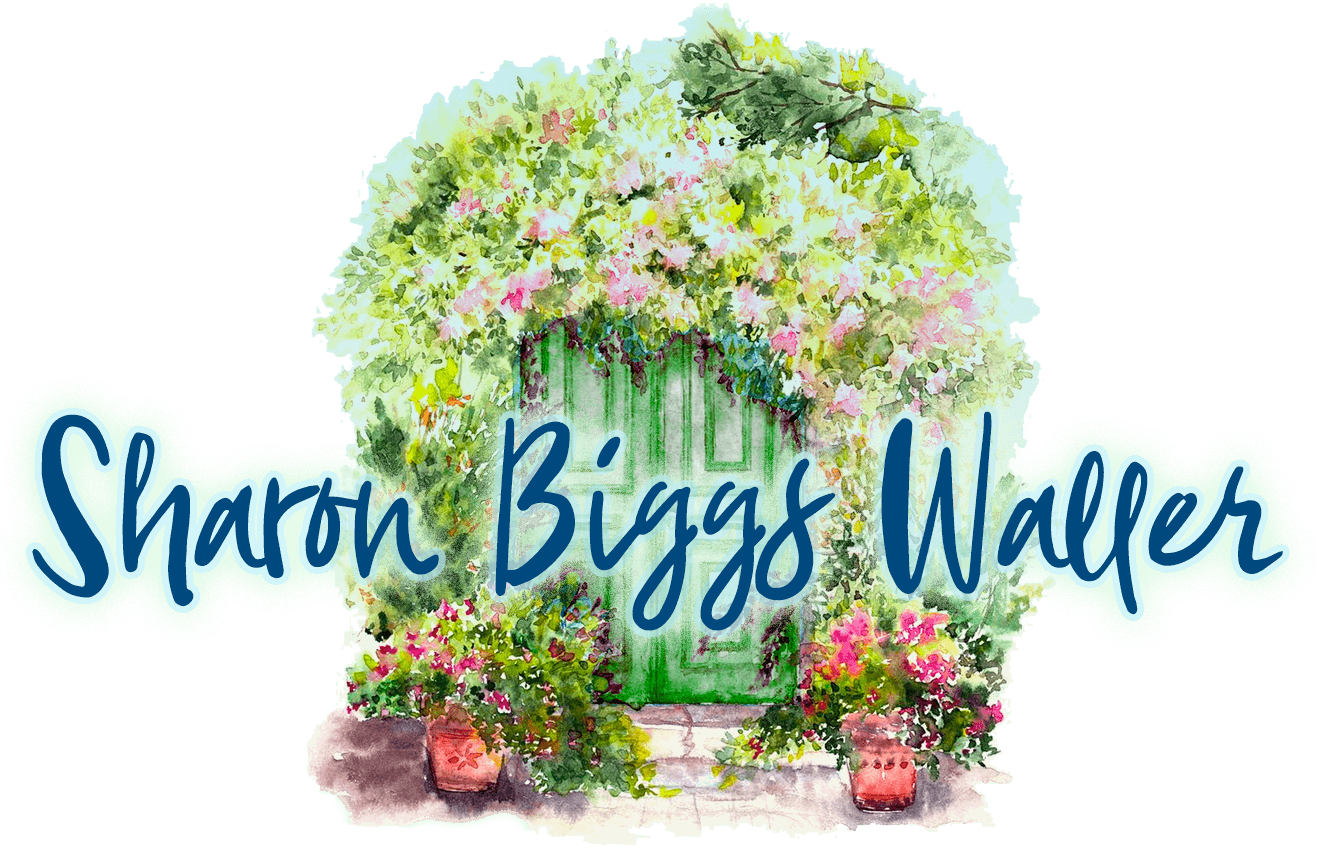On Monday I had the privilege of interviewing Dave Mizejewski for my livestock Q and A for Hobby Farms. Dave is a media personality, author, blogger and a naturalist with the National Wildlife Federation. You may recognize his name from Backyard Habitat on Animal Plant and from his appearances on NBC’s Today Show, The Martha Stewart Show and Good Morning America. And of course now you’ll know him as a guest source for Hobby Farms!
Dave is one of those people who is utterly passionate about wildlife, and he totally understood that a good many (I’m even thinking maybe ALL) hobby farmers and urban farmers want to have a farm that exists in harmony with the surrounding wildlife. Not only is having an eco-friendly farm good for the planet, but when predators and prey are in balance, they tend to stay away from your own livestock and plants. And many can even help out on the farm. Raptors keep voles and mice out of the barn, bees and other pollinators increase yield, and birds that eat insects keep that pesky population in check. But sometimes a predator can learn that chickens or other farmyard critters are easier to get hold of (and probably even tastier) than a fleet-footed mouse or rabbit. That’s the case with my reader’s question. A hawk had learned to pick off her free range chickens, kill them, and eat them on the spot. Since raptors are protected by federal law, farmers have to learn to work with a predator instead of against them. Dave explained that raptors are very smart, and once one learns to hunt chickens she keeps doing it until she fails a few times. Once she realizes it isn’t worth it, she moves on to other prey. That means my reader might have to keep the hens off the range and indoors for awhile. As Dave said, sometimes the total protection of the flock for a little while is worth it in the end. And for sure, my reader can go back to admiring her resident hawk soaring over her fields dive-bombing field mice. And that’s as it should be.
To read Dave’s entire answer, you’ll have to wait for the May/June issue of Hobby Farms. But in the meantime, if you’re interested in finding the best tractor or all purpose vehicle for your farm, take a look at my article on the subject (my pro source is the AMAZING Cherry Hill–yes, I know how lucky I am to get to interview people like this) in March’s Horse Illustrated, which is out very soon.
In the meantime, look at this great photo on Dave’s blog. This will give you a good idea of his sense of humor. I love the koala’s little hand holding the leaves.
I also want to apologize for the lack of posts on the blog. I had foot surgery just before Christmas and it’s been healing slowly. I thought that would give me more time to write the blog, but turns out it’s hard to be inspired when you’re incarcerated in the house for weeks on end. I couldn’t even walk to the barn to see my animals. My husband finally brought my boy goats, Barley and Clover, up to the house on Christmas Eve so I could see them. They bleated when they saw me. Heart…melt. Yes, indeed.
Anyway, I have lots to share with you in the coming days, so, as they say in the newspaper trade, watch this space!











